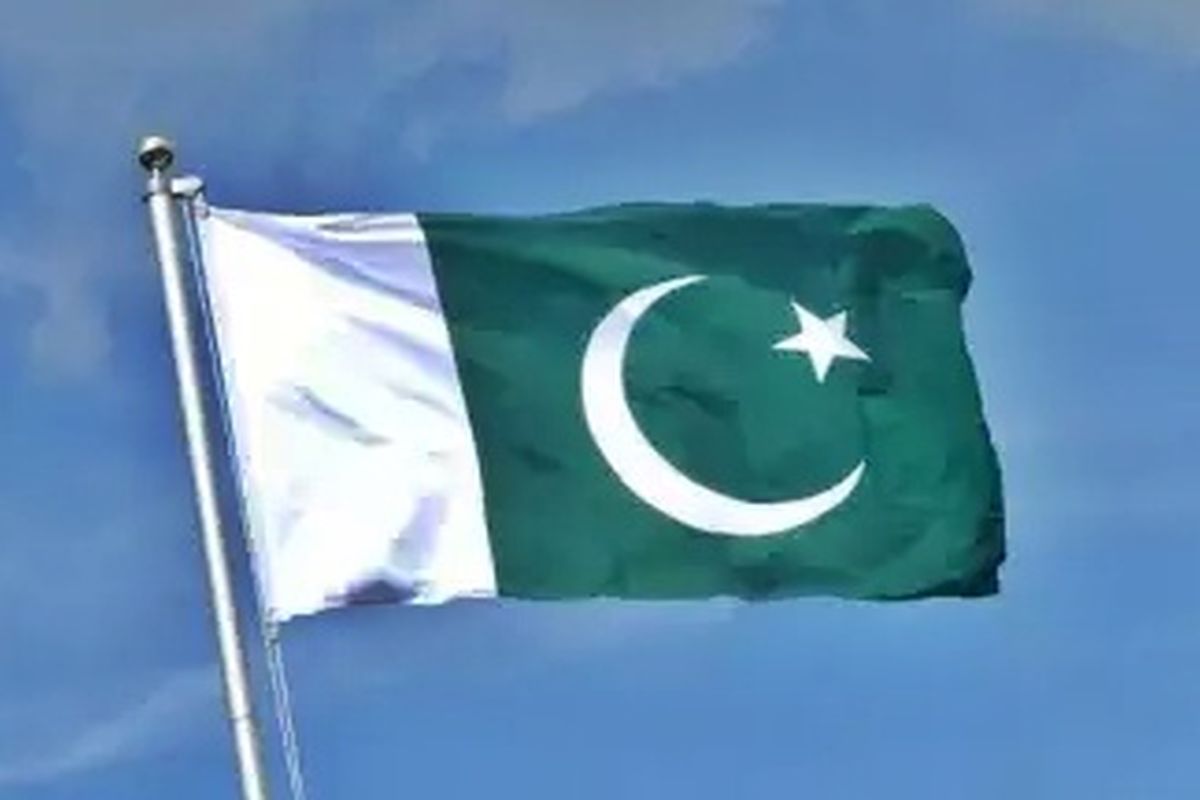The IMF behaves towards Pakistan like an indulgent aunt. It waits until Pakistan runs out of pocket money and then gives a handout with a homily on the need for prudence and self-control.
When Pakistan first approached the IMF for financial assistance in 1958, the demand was for SDR25 million. This was followed by another in 1969 of SDR37.5m, then SDR75m. In total, Ayub Khan’s government made drawdowns of SDR112m.
Advertisement
Between 1972 and 1977, Zulfikar Ali Bhutto signed four loan programmes with the IMF, totaling SDR330m.
The first major programme approved by the IMF came in 1980, during Ziaul Haq’s time. The IMF approved SDR1.268 billion, at a stroke more than all the seven progra-m—mes approved since 1958. The Fund appr-oved a further SDR919m in 1981, while the Soviet Union was mired in Afghanistan.
Between 1988 and 2001 (‘the lost decade’), Pakistan endured six revolving door prime ministers – Benazir Bhutto, G.M. Jatoi, Nawaz Sharif, Balak Sher Mazari, Moeen Qureshi, Benazir Bhutto again, Meraj Khalid, Nawaz Sharif — and then Gen Pervez Musharraf.
In her time, Benazir Bhutto negotiated five programmes of SDR2.2bn, of which SDR676m was drawn down. Her successor Nawaz Sharif received three approvals for SDR1.4bn, but drew down only SDR608m. Greed exceeded need? Or was it Pakistan’s chronic inability to meet IMF’s conditions?
Between 2001 and 2008, Pakistan, fed intravenously by the US, had no need for the IMF. However, in 2008, the PPP government negotiated the largest ever loan of SDR7.3bn with the IMF.
The economic reality that confronted PM Imran Khan, once he descended from his container, forced his government to approach the IMF. Over the three years of his tenure, the IMF approved loans of SDR8.7bn, out of which disbursements were made of SDR7.5bn.
The present government under Shehbaz Sharif has defrosted the IMF programme (frozen in March 2022) and is in the throes of negotiations for its speedy resuscitation.
According to the IMF’s current website, Pakistan’s 39-month EFF arrangement approved in July 2019 was for SDR4.3bn ($6bn). It allowed an immediate disbursement of SDR350m (about $500m), bringing total disbursements for budget support under the arrangement to about $2bn.
Incidentally, Pakistan has already exce-eded the IMF’s quota for it by 210 per cent.
The IMF’s justification for this liberality “aims to support Pakistan’s policies to support the economy and save lives and livelihoods [,] and to lay the foundations for strong, job-rich, and long-lasting growth that benefits all Pakistanis”.
Why then, ask many weak, jobless and long-suffering Pakistanis, has Pakistan not been able to wean itself off its addictive dependence on the IMF?
Twenty years ago, an internal study by the IMF’s Independent Evaluation Office (IEO) diagnosed Pakistan as a “prolonged user”, a habitué. It questioned the IMF’s “relative generosity” in granting waivers to Pakistan despite noncompliance with its conditions.
It noted that “until 1998, the prevailing perception within IMF staff was that the principal IMF shareholders … were not willing to take the risk of major turmoil in Pakistan that an interruption of IMF support might have caused”.
Internally, some IMF staff members admitted that design weaknesses “such as unrealistic macroeconomic projections, the pretence of toughness … were symptomatic of attempts to find a face-saving way to justify continued len-ding to Pakistan”. Others hinted at ‘appeasement’, which has allowed Pakistan to wrap Aunty IMF arou-nd its little finger.
The IEO analysed some of the ‘design problems’ in Pakistan’s case, for example, “the difficulty of reconciling the Fund’s role as a provider of temporary balance-of-payments support with the imperative of the time required to undertake complex institutional reforms”.
Has anything changed since 1998?
Even after 23 programmes, the IMF seems consistently to neglect the cardinal principle of international lending: KYC — Know Your Country. Why does the IMF repeatedly expect Isla–mabad to implement long-term solutions (such as structural reforms) when governments there govern from day to day?
Why does the IMF not insist, to ensure continuity and collective ownership of its programmes, on unanimous acceptance by all political parties through parliament? After all, it was the same parliament that unanimously app-r–oved the extension to Gen Bajwa in 2019.
Does Pakistan have an alternative to the IMF? The country’s inventive finance minister thinks so. He has asked the State Bank to coordinate with a group of philanthropists who have “rock-solid credibility and proven track records” to raise interest-free dollars from overseas Pakistanis.
Sic transit dementia.











